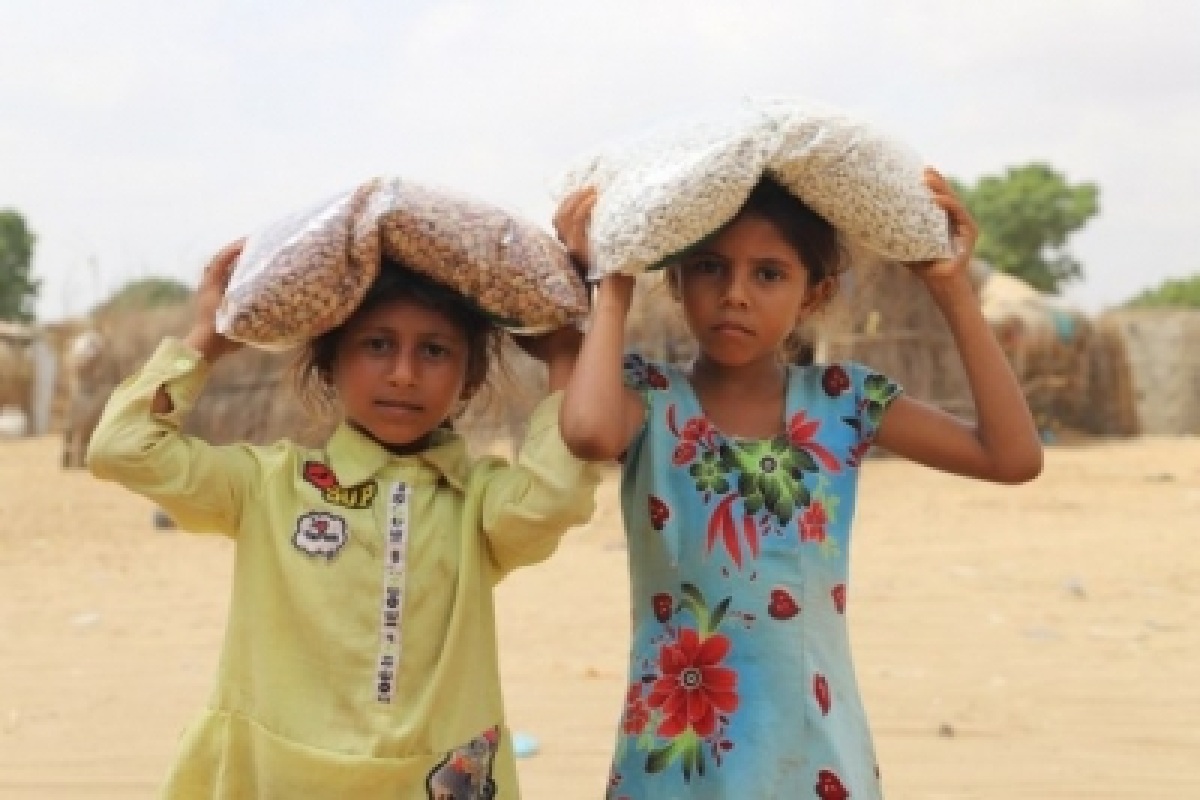As Sri Lanka descends further into its worst economic and political crisis in 70 years, it is children who are suffering the most. A foreign currency shortage has left the country struggling to import essential goods, pushing food and fuel prices sky-high. Staples like rice, lentils, milk and cooking oil are slipping out of reach for many.
Shortages of lifesaving medicine and frequent, prolonged power cuts are taking a heavy toll on the most marginalized, particularly the urban poor.
Advertisement
Nearly half of all children in Sri Lanka require some form of humanitarian assistance, according to UNICEF’s appeal for support. Even before the current crisis, Sri Lanka had the world’s seventh highest child malnutrition rates and was second in South Asia for child wasting under the age of 5. Two in five babies were not being fed the minimum acceptable diet.
Supermarket shelves are emptying out, and the lines of anxious consumers outside stores and gas stations are growing longer. Seventy percent of households report they’ve cut down on food consumption, often going from three meals a day to two.
With families turning to cheaper, less nutritious food, the number of children suffering from acute malnutrition is growing. Access to safe water for drinking and domestic use is in decline, posing an increased risk of waterborne diseases.
“We are in a race against time,” said Christian Skoog, UNICEF Representative to Sri Lanka. “Without urgent assistance, the most vulnerable children will pay the highest price, and gains made over many years are at risk of being reversed — in some cases, permanently.”
With more than 50 years of experience in Sri Lanka and a wide network of partners, UNICEF is leading efforts to bring nutrition, health care, safe drinking water, education and mental health services to 1.7 million vulnerable children in the country.
UNICEF is working to cushion children from a toxic combination of poverty, COVID-19 and repeated climate-related disasters. The pandemic disrupted the learning of 4.8 million children in Sri Lanka; a lack of fuel continues to keep children and teachers out of the classroom. On July 3, 2022, school closures were extended for yet another week due to a nationwide fuel shortage.
“My school in Colombo had to close before the end of the term,” said 17-year-old Jithmini, above. “I was not able to go to school because there was no fuel. I am worried about what will happen next. I just need fuel for my school van.”











